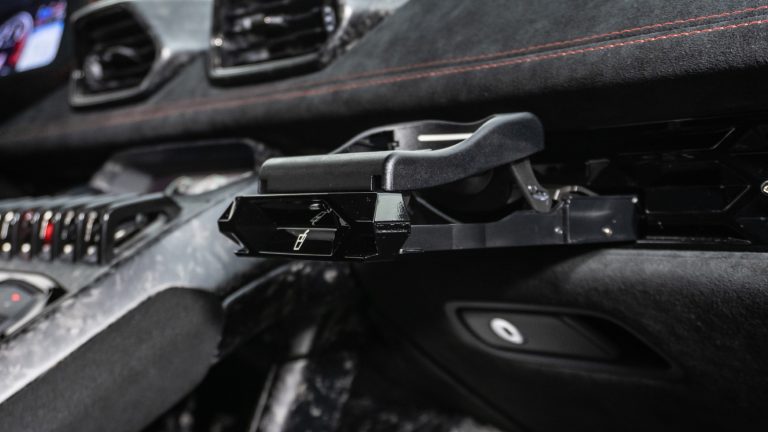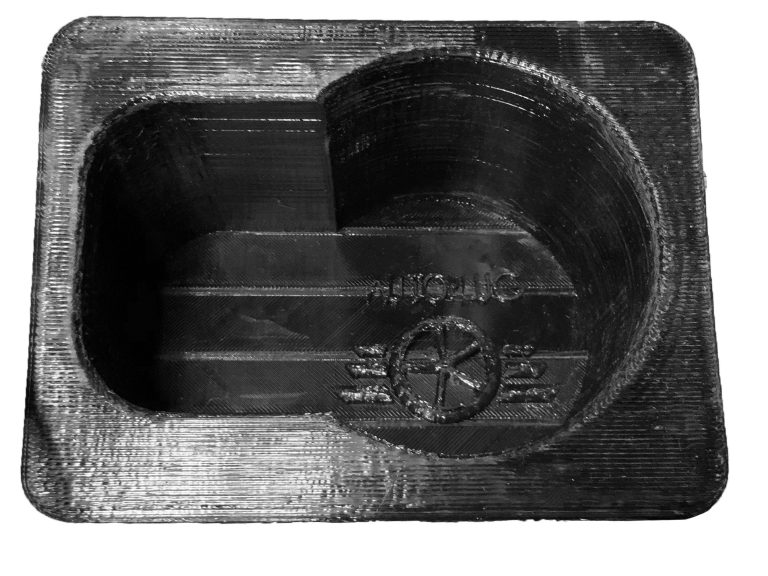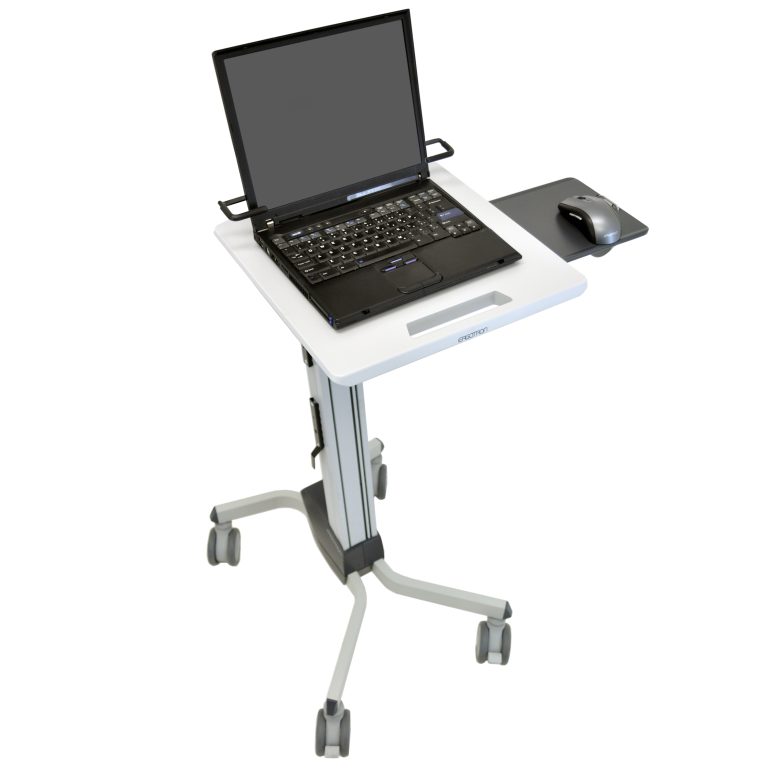How to Properly Mount a License Plate on Front Bumper: Step by Step Guide
In the world of automotive enthusiasts, every detail matters. From the roar of the engine to the sleek lines of the body, every aspect is finely tuned to perfection. But what about the humble license plate? Often overlooked, it plays a crucial role in identifying our beloved vehicles on the road. Yet, some vehicles come without front license plate brackets, leaving us pondering how to mount that essential plate on the front bumper. Fear not, fellow car enthusiasts! In this guide, we will explore the various alternative mounting options, from adhesive-mounted brackets to quick release mounts and even adhesive “plates.” So, buckle up and let’s dive into the world of front license plate mounting options that will make your car stand out from the crowd.
how to mount license plate on front bumper
To mount a license plate on the front bumper, first check if your vehicle has a front license plate bracket. If it does, simply screw the license plate onto the bracket. If there is no front bracket, you can use adhesive-mounted brackets, model-specific bumper brackets, or tow hook anchor brackets. Alternatively, you can drill holes into the bumper and install the license plate directly. Keep in mind that front plates may be required by law enforcement, meter readers, or license plate cameras, but are often not necessary. In California, front plates must meet specific requirements.
Key Points:
- Check if your vehicle has a front license plate bracket and screw the license plate onto it.
- If there is no bracket, consider adhesive-mounted brackets, model-specific brackets, or tow hook anchor brackets.
- Another option is to drill holes into the bumper and install the license plate directly.
- Front plates may be required for certain purposes, but are often not necessary.
- In California, front plates must meet specific requirements.
- Consider the options available and choose the method that works best for your vehicle and location.
Sources
https://www.wikihow.com/Install-a-Front-License-Plate
https://www.cnet.com/roadshow/news/if-you-need-a-front-license-plate-heres-how-to-mount-it/
https://www.youtube.com/watch?v=mP_FHUF8Mak
https://privateauto.com/blog/how-to-put-a-license-plate-on-the-front-of-a-car-with-no-holes
Check this out:
💡 Pro Tips:
1. Consider using adhesive-mounted brackets: If your vehicle does not have a front license plate bracket, adhesive-mounted brackets can be a viable option. These brackets can be securely attached to the front bumper without the need for drilling or modifying the vehicle.
2. Check for bumper-specific brackets: Some vehicles have bumper-specific brackets available in the market. These brackets are designed to fit the shape and contours of the bumper, providing a secure and seamless mounting solution for the front license plate.
3. Explore tow hook anchor brackets: For newer models, tow hook anchor brackets can be used to mount the license plate. These brackets fit into the tow hook anchor, ensuring a sturdy attachment for the license plate without altering the bumper’s appearance.
4. Opt for the “old fashioned” method: If you prefer a more traditional approach, drilling holes into the bumper and installing the license plate using screws can be an option. This method requires careful measurements and precision to avoid damaging the bumper.
5. Seek professional help if needed: If you’re unsure or uncomfortable with mounting the license plate yourself, it’s always a good idea to seek professional assistance. A mechanic or an auto body shop can ensure proper installation and alignment while adhering to any specific requirements of your state’s laws.
State Regulations On Front License Plates
The requirement for front license plates on vehicles varies from state to state. While some states mandate the display of license plates on both the front and rear bumpers, others only require plates on the rear. It is essential for vehicle owners to be familiar with their state’s regulations to avoid any potential fines or penalties.
In California, for example, the law stipulates that all vehicles must display a front license plate securely fastened and clearly visible. The plate should be mounted horizontally and no higher than 60 inches from the ground. Additionally, the characters on the license plate must be easily readable from 50 feet away during the daytime.
Options For Vehicles Without Front Brackets
Not all vehicle makes and models come equipped with front license plate brackets. In such cases, vehicle owners must explore alternative options to mount their license plates securely on the front bumper.
One option is adhesive-mounted brackets. These brackets are designed to adhere to any smooth part of the car’s face and provide a strong and secure attachment point for the license plate. Another option is to use brackets specifically designed for the shape of the vehicle’s bumper. These brackets ensure a perfect fit and are often easy to install.
For newer models that have a tow hook anchor, there are brackets available that can be inserted into the anchor to provide a secure mounting point for the license plate. These brackets are convenient and do not require any drilling or modification of the vehicle’s bumper.
Alternatively, some car owners may opt for the traditional method of drilling holes into the bumper and installing the license plate “the old-fashioned way.” While this method may be more time-consuming and require some DIY skills, it can be an effective solution for vehicles without other mounting options.
Drilling Holes Vs Alternative Mounting Methods
When it comes to mounting a license plate on the front bumper, the debate between drilling holes into the bumper and utilizing alternative mounting methods has been ongoing.
Drilling holes into the bumper is a more permanent solution but may not be ideal for vehicle owners who prefer not to modify their vehicle’s exterior. This method requires careful measurement and precision to ensure that the holes are appropriately spaced and aligned.
On the other hand, alternative mounting methods provide flexibility and ease of installation. Right-angle mounts, for instance, are metal brackets that screw into a downward-facing part of the car’s nose. These brackets allow for the secure attachment of the license plate without the need for drilling.
Another alternative method is the use of adhesive “plates.” These novelty license plates are printed on durable adhesive material and can be stuck to any smooth part of the car’s face. While this method may not be suitable for all states’ requirements, it remains a viable choice for individuals who prioritize convenience and flexibility.
Quick-release mounts are also available for those who frequently need to remove their license plate. These mounts allow for easy and quick removal of the license plate while hiding the mount holes under the car’s chin when not in use.
Challenges Of Installing A Front License Plate
Installing a front license plate can be a challenging task for many vehicle owners. Car manufacturers often do not provide a designated spot for the front plate, which means that owners must utilize aftermarket products or come up with creative solutions.
One of the primary challenges is finding a mounting method that does not compromise the integrity of the vehicle’s bumper. Improper installation can result in damage to the bumper or the license plate falling off while driving.
Furthermore, certain vehicles have unique bumper designs, making it difficult to find a suitable mounting solution. Vehicle owners may need to spend time researching and experimenting with different options to find the best approach for their specific vehicle.
Importance Of Front Plates In Certain Circumstances
While front license plates are not always necessary, they serve vital purposes in specific circumstances. Law enforcement agencies heavily rely on front plates for identification and enforcement purposes. Additionally, license plate cameras and automated meter readers depend on having a visible front license plate for accurate identification and enforcement of parking regulations.
It is important that all vehicle owners follow the regulations set by their state, regardless of personal preference. Failure to comply with these regulations may result in fines and penalties.
It is worth noting that despite the existence of connected digital license plates, current laws still require a physical license plate to be displayed on the front of the car. These digital plates, though innovative, are still not widely adopted and accepted as a proper substitute for physical license plates.




